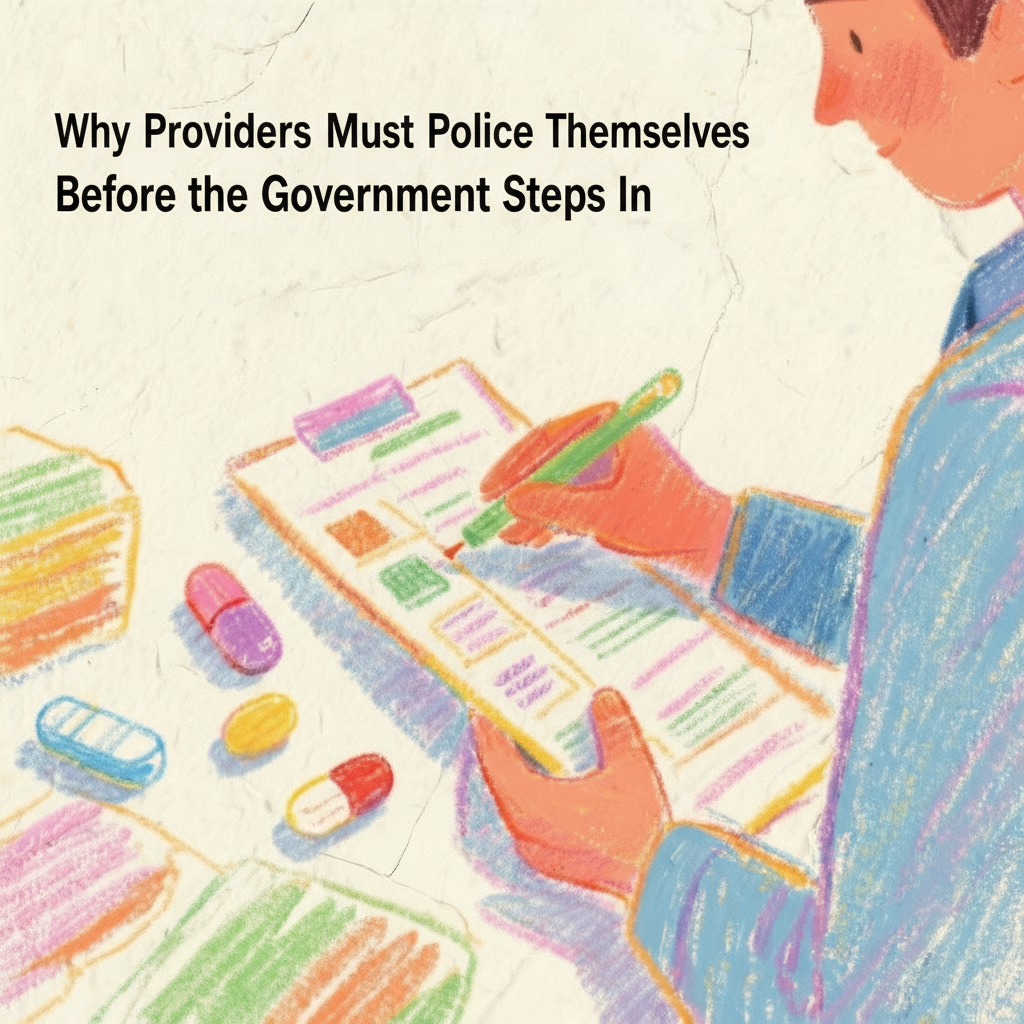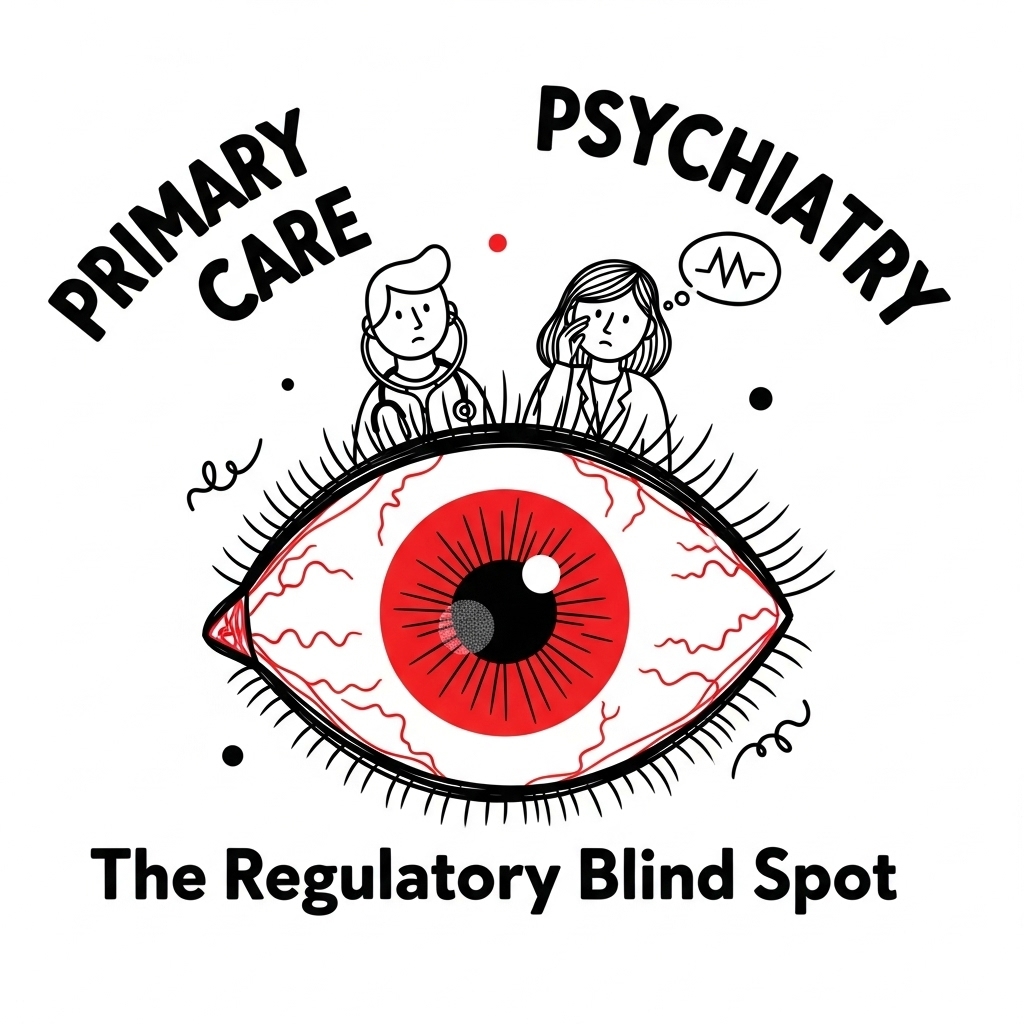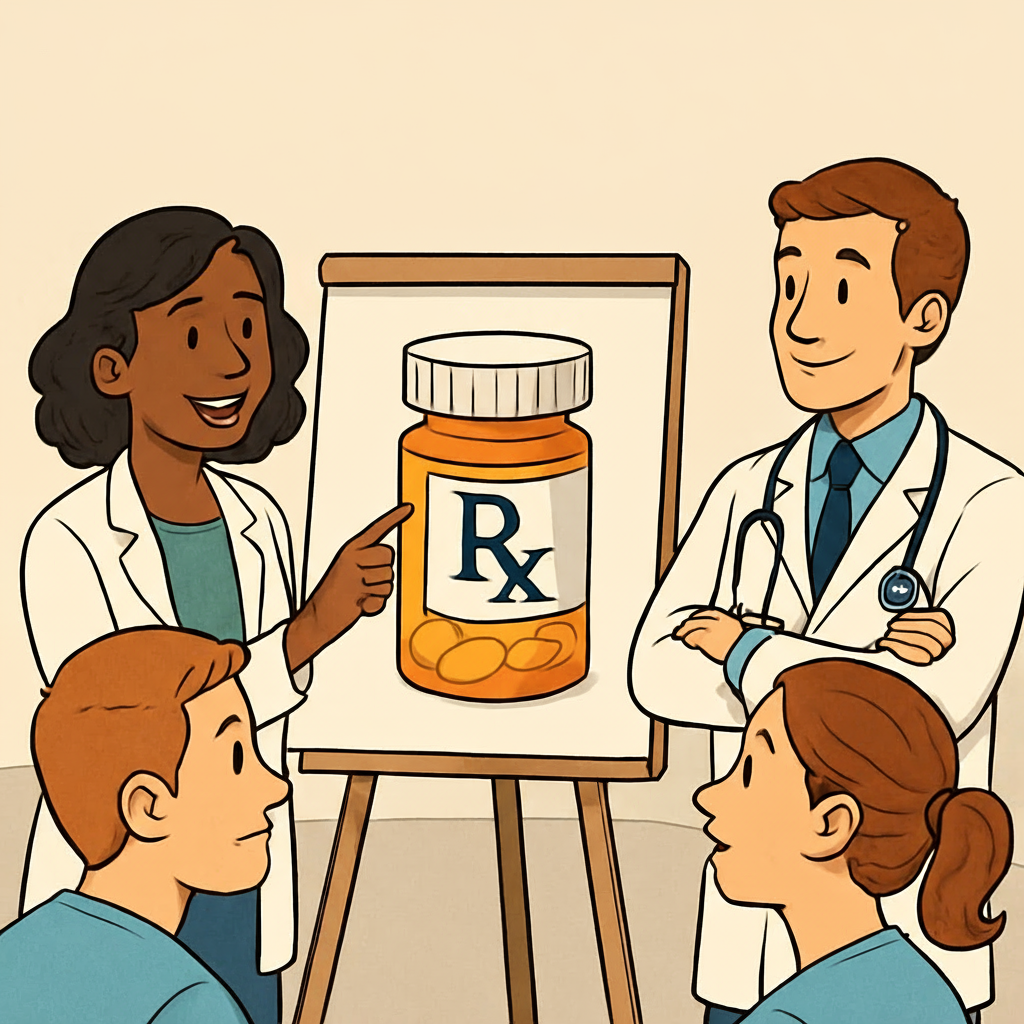
Why Providers Must Police Themselves Before the Government Steps In
Doug Jorgensen
February 25, 2025
Introduction: The Writing on the Wall
In medicine, the government rarely acts early.
But when it does act, it tends to swing a sledgehammer instead of a scalpel.
We’ve seen it with opioid prescribing. We’ve seen it with billing fraud enforcement. We’ve seen it in prior authorization rules.
If providers don’t create and follow their own safeguards, the government will do it for them—usually in ways that are blunt, inflexible, and damaging to patient care.
The question isn’t if oversight will increase in high-risk areas like controlled substance prescribing—it’s when.
The only way to maintain control is to self-regulate now.
Why Government Oversight Hits Hard
Government action tends to be:
- Reactive – Triggered by scandals, lawsuits, or media attention.
- Broad – New rules affect all providers, not just those abusing the system.
- Punitive – Fines, license suspensions, even criminal charges.
- Slow to adapt – Once rules are in place, it can take years to revise them, even if they’re causing harm.
When regulation comes from outside the profession, nuance is lost.Policies that look good on paper can destroy patient access and cripple providers.
Lessons from the Opioid Crackdown
The opioid epidemic sparked a massive regulatory wave:
- Strict prescribing limits
- Mandatory PDMP checks
- Heightened DEA audits
- Public reporting of prescribing patterns
These changes were aimed at stopping bad actors—but they also:
- Forced legitimate chronic pain patients off stable regimens
- Drove some providers to stop prescribing entirely out of fear
- Shifted illicit demand to dangerous street drugs
The lesson: When the profession doesn’t take responsibility for oversight, the government fills the vacuum—without the context or flexibility needed for good medicine.
What Self-Policing Looks Like
1. Risk Mitigation Protocols
Implement PMP checks, treatment agreements, urine drug testing, and pill counts—not because you’re told to, but because it’s best practice.
2. Peer Review
Create local or organizational peer review boards to evaluate high-risk prescribing and share improvement strategies.
3. Transparent Data
Track and review your own prescribing metrics. If something spikes, address it before an insurer or regulator does.
4. Patient Education
Document informed consent conversations about risks, benefits, and alternatives.
5. Early Intervention
If a colleague is showing unsafe patterns, step in before the state medical board does.
Benefits of Self-Regulation
- Protects patient care – Oversight can be targeted instead of blanket restrictions.
- Preserves professional autonomy – The more we show we can police ourselves, the less justification regulators have to step in.
- Reduces liability – Following best practices consistently is the best legal defense.
- Builds public trust – Patients are more likely to support access if they believe providers are acting responsibly.
The Risk of Doing Nothing
Failing to self-police sends a message:
- To regulators: “We can’t be trusted.”
- To insurers: “We need tighter control.”
- To the public: “Doctors won’t act unless forced.”
And once that perception takes hold, it’s almost impossible to reverse.
Final Thoughts: Lead or Be Led
Providers have a choice:
Lead the way in establishing safe, responsible practices—or wait for the government to impose them.
If we set the standards ourselves, we can balance safety with access, compassion with compliance.
If we wait, we’ll get rules written by people who have never sat across from a patient in pain, a parent of a child with ADHD, or someone battling panic attacks.
The question is not whether oversight is coming—it’s who will write the rules.
If we want those rules to reflect the realities of clinical care, they need to be written by us, now.
About the Author
Douglas J. Jorgensen, DO, CPC, FAAO, FACOFP
Dr. Doug is a physician, consultant, and educator specializing in regulatory compliance and controlled substance management. He works with providers nationwide to implement proactive safeguards that protect patients and preserve professional autonomy.


